It is in the arid forests of the Chaco, a rich environment naturally adapted to the intense heat and the scarcity of water, that the Paraguayan government plans to consolidate the country as the world’s slaughterhouse. Driven by Brazilian investors, the State’s long-term agenda was pushed forward by the outgoing president Horacio Cartes – himself a big rancher in this biome that once used to cover more than half the land in the country. Over the course of the next decade, the goal is to create a herd of 20 million head of cattle, or three times the Paraguayan population.
Brazilian money is crucial to this process, not only from meat processing companies but also from ranchers who are drawn to the land due to it’s cheap price. To understand the scale of the influence on the smaller neighboring economy, the two largest meat packing companies operating in Paraguay are Brazilian and they are responsible for nearly 70% of the country’s beef exports.
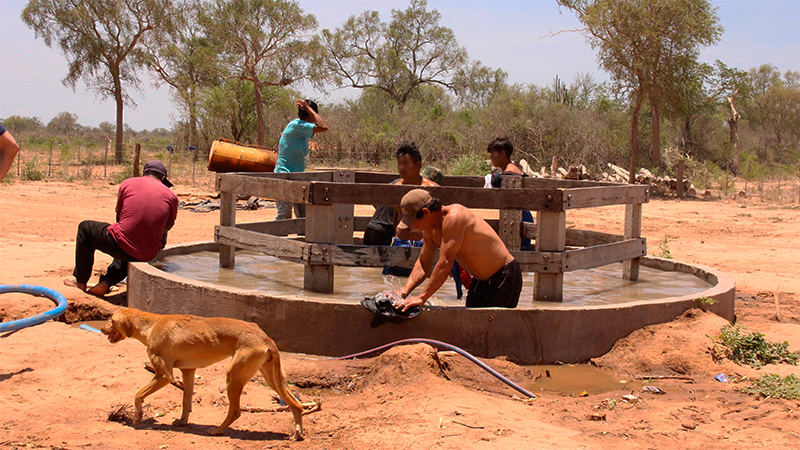
Although they are of concern to environmental and indigenous organizations, the large-scale investments indicate that the Brazilian meat industry has come to the Chaco to stay. Based in Barretos, in the state of São Paulo, the Minerva group – which in 2013 received an investment of US$85 million from the IFC (International Finance Corporation), an arm of the World Bank, to expand its business in Paraguay – is now the market leader, followed by the company Concepción, which is owned by the Brazilian businessman Jair Antonio de Lima.
In 2017, Minerva reported record revenues of R$12.1 billion. The historic result is partly due to the acquisition in July last year of nine units of the Brazilian company “JBS”, the world’s largest animal protein processor, in Argentina, Uruguay and Paraguay. Over the past five years, Minerva has been increasing its network of suppliers and acquiring meat packing plants in South America. In June this year, the market was unsettled by rumors of a possible merger with another leading Brazilian meat company: BRF, the owner of the brands Sadia and Perdigão. To date, the tie-up between the two groups has not been confirmed.
The cattle farming business in Paraguay has been growing at a pace as striking as the advance of illegal deforestation and reports of forced labor involving indigenous people, including children. As a result of this, the local government and the productive sector have come under mounting pressure to keep a close eye on the Chaco region, the western part of the country where cattle farming has been expanding in recent years. Although it covers nearly 60% of the Paraguayan national territory, an area equivalent to the Brazilian state of São Paulo, the Chaco is home to just 3% of the country’s population.
“The Chaco is today the ecoregion that is suffering the most devastation in the world,” said Alberto Yanosky, executive director of the environmental organization Guyra. “We are cutting down original forests to produce beef,” he added.
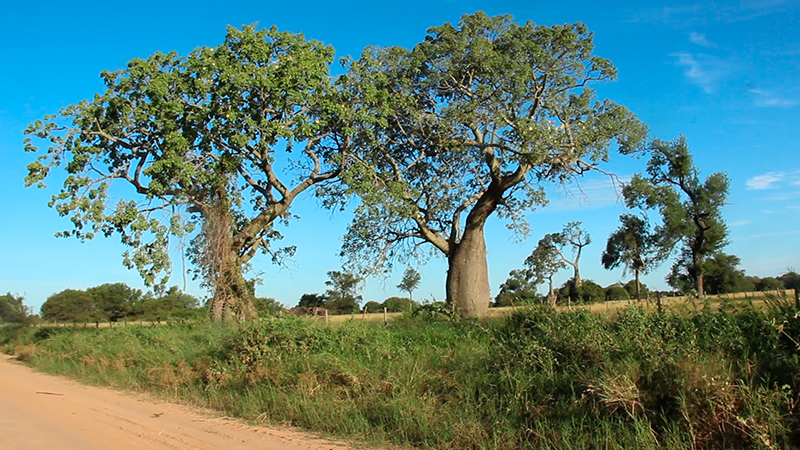
Deforestation peaked in November last year. Over the course of the month, a remarkable average of 2,000 hectares of native vegetation was cleared each day – the equivalent of 2,600 Maracanã soccer stadiums. According to satellite surveillance conducted by Guyra, at least a third of the Chaco has already been transformed into grasslands to feed half of all Paraguay’s cattle population.
On the subject of working conditions, the news is just as discouraging. In September, the United Nations is expected to release a much-awaited report on forced labor and debt bondage among indigenous communities in the region. In addition to the recurring complaints by unions and social movements, the few inspections that have been conducted recently have set off warning signals.
“The authorities have always tried to hide these shortcomings,” criticized Melanio Morel, director of the union CUT-Autêntica. “The Ministry of Labor has not taken any effective measures to solve the problem,” he added.
“The Chaco is today the ecoregion that is suffering the most devastation in the world,” said Alberto Yanosky, executive director of the environmental organization Guyra
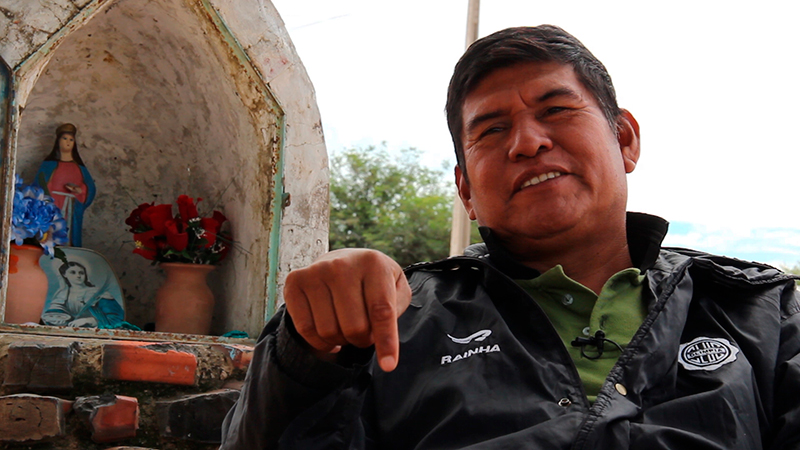
Indeed, the first inspection in the history of the Chaco which rescued indigenous workers from forced labor took place in November 2016. A group of 35 indigenous people were found producing charcoal in inhumane conditions at a cattle ranch in the department of Boquerón, in the north of the country. In a climate where temperatures can reach up to 50 degrees, the workers were not given access to drinking water and they were only rescued after a call for help was submitted to Paraguay’s Public Prosecutor’s Office.
“I can’t say for sure that this is happening at all the farms in the Chaco. But whenever a complaint is inspected, this is what we find,” said Teresa Martinez, a prosecutor at the Public Prosecutor’s Office responsible for rescuing the 35 workers.
Slavery
Located 450 kilometers from the capital, Asunción, the town of Filadelfia is the entry point to the Chaco. It was founded nearly 90 years ago by Mennonite, Christian and Protestant colonists who migrated from Europe and settled in the western portion of Paraguay. The town is the headquarters of one of the three Mennonite cooperatives that drive the local economy – consisting of meat, dairy and leather processing plants – and that create the most jobs in the Chaco.
In March this year, the Paraguayan Ministry of Labor opened an office in the center of Filadelfia specifically to receive complaints from indigenous people who work in the region’s cattle ranches. The official in charge is Erundina Gómez, an indigenous woman whose father “worked for 20 years at a farm and never got paid a dime”.
“The indigenous people earn little, work hard, eat little and don’t sleep well. There’s not enough water. This happens everywhere. And everyone knows it”, said indigenous community leader
According to Gómez, the office does not have the capacity to make field trips nor the autonomy to conduct on-site checks of irregularities. This is because, in Paraguay, government inspectors can only enter farms with a court order. As such, the workers not only have to go to the office in Filadelfia to personally file a complaint, but they also have to give their boss the official notice summoning the employer to provide explanations.
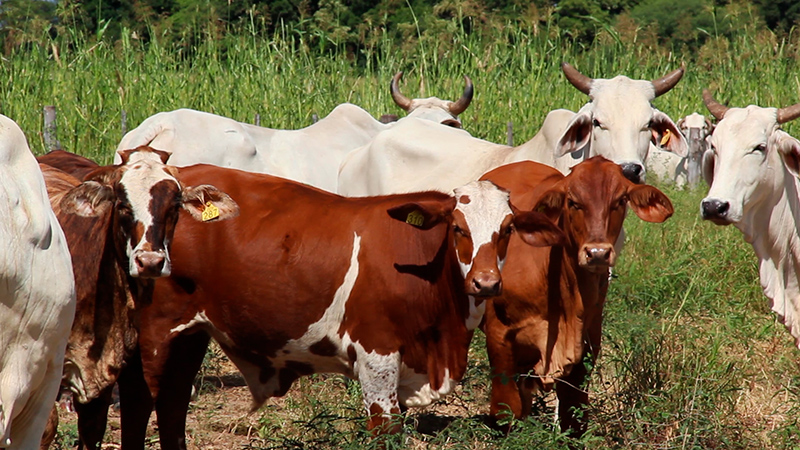
“The Ministry has not invested anything [in this office],” criticized Gómez. “I need to print my paperwork elsewhere.”
The most common complaints of the indigenous people heard by Repórter Brasil concern low wages, which are invariably below the legal minimum. It is common for temporary services, such as land clearing and fencing, to be offered by “contractors” – labor recruiters who usually pay the indigenous people a part up front and the rest when the work has been completed.
“The contractor charges for everything: boots, clothes, food. The workers have to pay for everything,” said Isabelino Bogado, a Guarani-Ñadeva community leader. “The indigenous people earn little, work hard, eat little and don’t sleep well. There’s not enough water. This happens everywhere. And everyone knows it,” he said. In the indigenous communities around Filadelfia, the complaints have been made primarily against the Mennonite colonists, most of whom are involved in cattle farming.
Patrick Friesen, communication manager at the Mennonite cooperative Chortitzer that is based in a town close to Filadelfia, said that the 6,500 members are instructed to operate in accordance with the country’s labor laws. The cooperative owns Trébol, the most popular brand of dairy products in Paraguay, and it also controls Frigo Chorti, the only beef processing plant located inside the Chaco itself. The majority of the plants operating in Paraguay are found in the area immediately surrounding the capital, Asunción.
“Some slept on mattresses on the ground, others on wooden boards. They hung a tarp from the trees to protect them from the sun”, said Teresa Martinez, from the Public Prosecutor’s Office
“The Chaco is very big. And the region where we are located may be very different from another located 400 kilometers from here, where business owners can employ people on their land under forced labor conditions or without proper payment,” said Friesen.
Far from the main urban centers of the Chaco, the first rescue of people working in slave labor conditions by the Paraguayan authorities, in November 2016, occurred in the northernmost part of the country, near the border with Bolivia. The owner of the ranch where 35 workers were rescued from slave labor conditions was a Mennonite colonist and a member of Chortitzer. He was convicted of the crime of human trafficking.
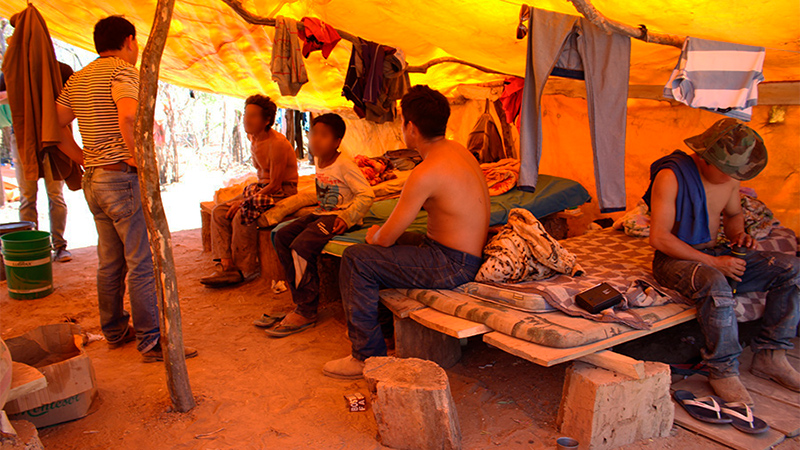
“The conditions are very precarious. Some slept on mattresses on the ground, others on wooden boards. They hung a tarp from the trees to protect them from the sun,” said Teresa Martinez, from the Public Prosecutor’s Office, who coordinated the operation. “They were supposed to work for six months, but after three months they couldn’t take it anymore. Because they came from another region of the country, in the east, and they weren’t used to the climate of the Chaco and the lack of water,” she added.
The workers were Ache indigenous people recruited in their native community, some 800 kilometers from the farm where they were found filling charcoal kilns with the trunks of native trees – a process that generally precedes the planting of grassland for cattle raising.
Months after the rescue operation near the border with Bolivia, a second inspection found teenagers engaged once again in the production of charcoal, working in inhumane conditions. The prosecutor Teresa Martínez did not hesitate to claim that, if more inspections were made, new cases of slave labor would almost certainly come to light. “Things are not changing. And they need to change,” she said.
Risk investment
Unlike the Mennonite colonists historically settled in the Chaco, who mostly farm medium-sized estates of around 400 hectares, Brazilian ranchers who invest in land in the region generally acquire properties up to 30 times larger.

In addition to the Mennonites and the Brazilian investors, the region has also attracted Argentine and Uruguayan cattle farmers. “The price of land in the Chaco has risen 4,000% over the past decade,” said Alberto Yanosky, the executive director of Guyra. “We secured a conservation unit for ourselves about ten years ago and we paid US$20 per hectare [equivalent to 10,000 square meters]. Today, this same land is worth US$800 per hectare,” he said.
The cattle boom in the Chaco has attracted the attention of the United States Agency for International Development (USAID). Last year, the agency published an extensive monitoring report on the environmental and social impacts of the US$85 million investment that the World Bank, via the IFC, made in May 2013 in Minerva to expand the Brazilian company’s business in Paraguay.
“Large beef exporters, such as Minerva, operate under strict sanitary controls,” said the USAID report. “There is, however, limited-to-no experience of large beef processors in Paraguay applying environmental and social criteria in supply chain management”. The report points out that the investment in Minerva was classified as Risk A – the highest category, according to the IFC’s own standards. Among the potential negative impacts highlighted in the report are precisely a rise in environmental devastation, an increase in cases of forced labor and the encroachment of cattle farming on indigenous lands.
Four years after the approval of the IFC financing, the USAID technical staff concluded that there are still no concrete mechanisms in place to guarantee that cattle purchased from producers in the Chaco have not grazed on illegally deforested land or to make sure that indigenous workers are not subjected to slave labor conditions.
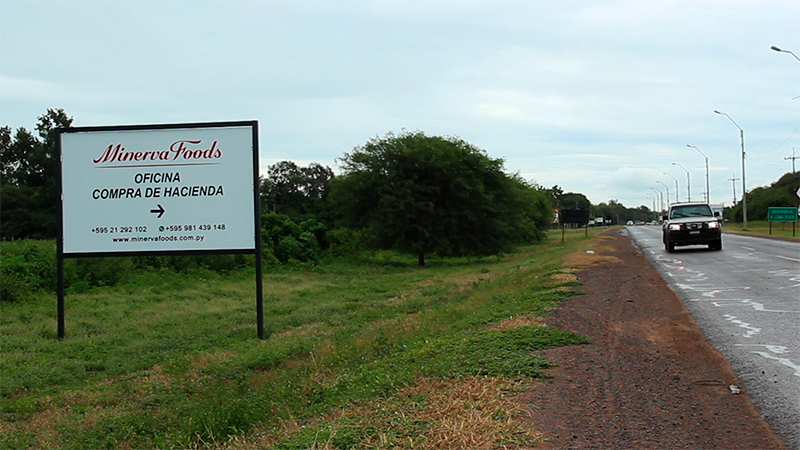
As exports increase, so does the pressure to improve the “traceability” of beef from the Chaco. “We are aware that international buyers want to know and to be confident about the legitimacy of their product,” said Patrick Friesen, the manager at the Mennonite cooperative that controls Frigo Chorti, Paraguay’s third largest exporter. “But we need to accept that Paraguay’s branding is in the hands not only of the private sector, but also of the government,” he added.
Repórter Brasil submitted a number of questions to Minerva on its operations in Paraguay, including whether the company has acquired cattle from farmers charged with using forced labor in the Chaco. However, through its press relations agency, the company said it would not comment.
The IFC, questioned, sent us a note saying that the corporation “believes that the path to a sustainable cattle sector in Paraguay is to develop market driven strategies to increase productivity on already cleared land, while protecting the remaining forest in private hands. ” and that they are “currently working with Minerva to improve its supply chain management in Paraguay to achieve best industry practices over time; the company is also engaged in an ongoing process seeking continuous improvement of its environmental and social practices in all geographies it operates”. To read the entire response, click here.
This journalistic investigation was made possible with the support of Ituc (International Trade Union Confederation)



